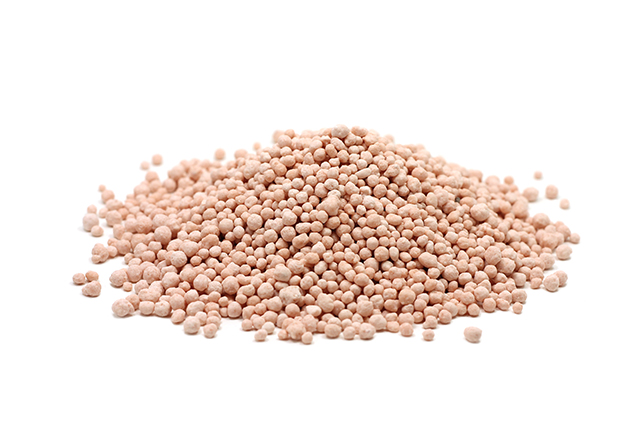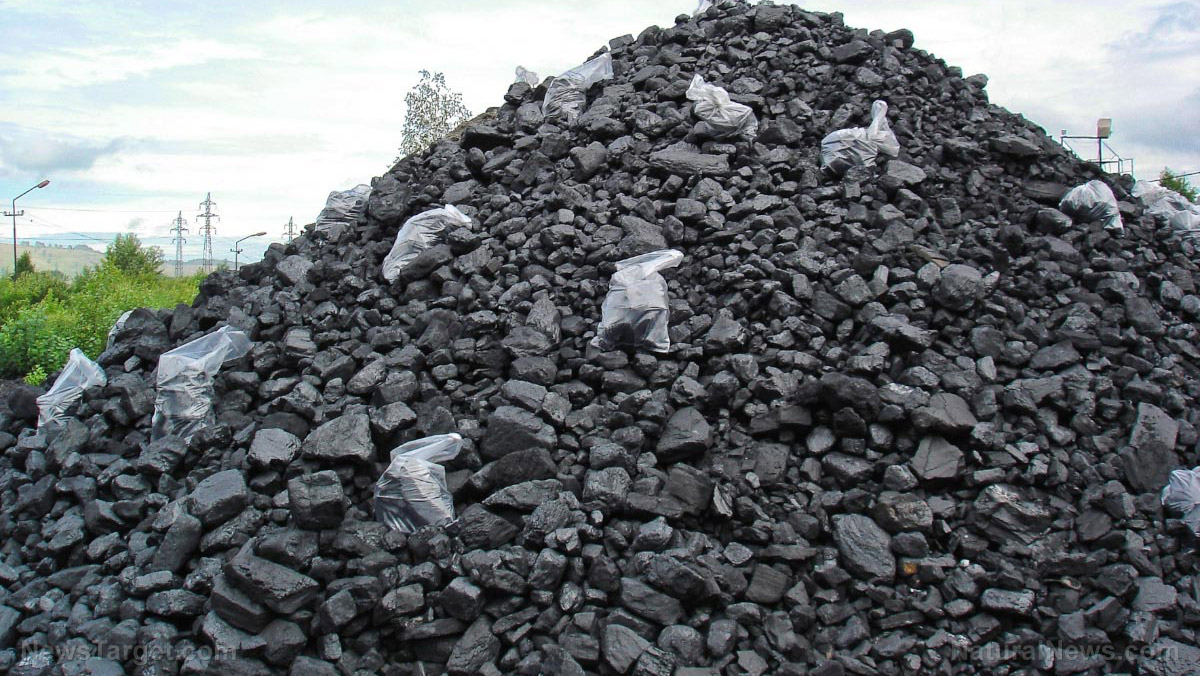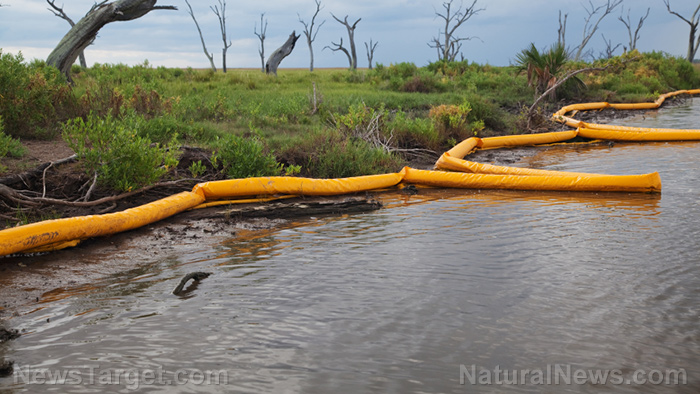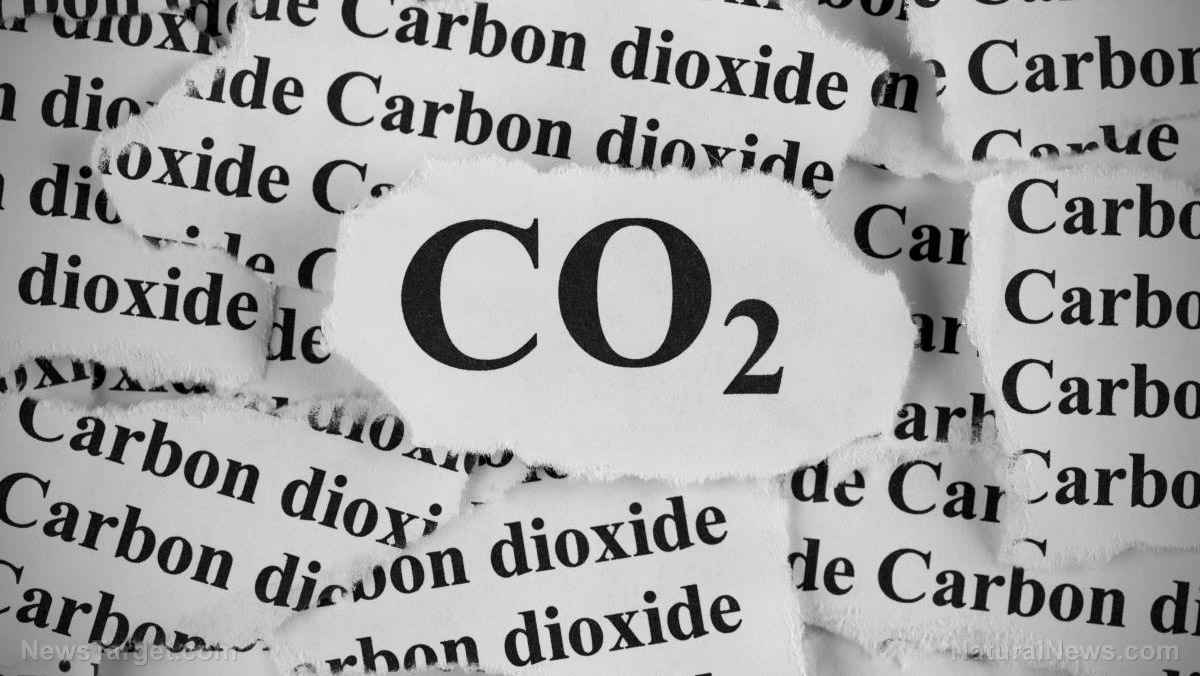Minnesotan farmers use 10-15% more fertilizer than they actually need for healthy crops
08/21/2018 / By RJ Jhonson

Minnesota’s farmers are using more fertilizer than needed, say the state’s agricultural officials. The state government’s response to regulate the use of nitrogen fertilizer – a bid to ensure clean drinking water at, according to detractors, the risk of impairing one of Minnesota’s biggest industries – is seemingly a question of which gets the higher priority: today or the future?
Aptly named the Groundwater Protection Act, the proposal prevents farmers from applying fertilizer during the fall on frozen soil located in areas where groundwater is vulnerable to contamination through leaching. This covers about 30 communities where groundwater is used for drinking by over 100,000 people.
The move was spurred by the state’s Department of Agriculture’s discovery that its farmers use 10 to 15 percent more fertilizers than needed. The proposal’s goal is to limit the release of nitrates to the environment and curb its harmful effects to public health, particularly, to infants.
The proposal is not without its detractors, in a state whose government’s website describes as an “agriculture and food production powerhouse.” Indeed, the state’s agricultural industry is currently valued at $75 billion.
Some groups question the need for the new law, with some seeing it as nothing more than a bid to impose practices on farmers. Even without the law, they say, farmers have already taken steps to reduce their use of fertilizer and maximize cost-efficiency. Corn, one of the major crops planted in the state, has been less profitable by at least five dollars since early this year, so farmers have been using as little fertilizer as they can without hurting their harvest.
“Keep in mind that nitrogen isn’t free, and corn just barely hit $3. We have to have an economic return,” said Nora Felton, from Northfield, in one of the proposal’s hearings.
Felton agreed that while groundwater is important, it can be protected using “other, mainly voluntary measure.”
The proposal’s draft has had several changes over the last months, especially after farmers contested the original map that depicted the areas considered vulnerable. Kirby Hettver, president of the Minnesota Corn Growers Association, calls the proposal, post-improvements, “reasonable.”
Thom Petersen, of the Minnesota Farmers Union, agrees. “A lot of our concerns have been addressed,” he said. “A lot of farmers can work within the rule.”
The dangers of nitrates
Nitrates provide plants with the nitrogen they need to grow healthy and produce much yield, which is why this fertilizer is popular among farmers. However, numerous studies have confirmed its links to a variety of harmful conditions affecting both nature and the humans who drink water contaminated with it.
The Gulf of Mexico Dead Zone, an area covering anywhere from 6,000 to 7,000 square miles, is caused by the accumulation of nutrients, mainly nitrogen and phosphorus, from runoff originating from states that feed into the Mississipi River and, consequently, the gulf. The overabundance of nutrients leads to algal blooms that result in eutrophication, the loss of oxygen in the water. Eutrophication is a common cause of fish kills.
But nitrates are notorious for their effects on human health as well. Studies identify the harmful effects of drinking water contaminated with nitrates as ranging from spine- and brain-related birth defects to cancers in the colon, thyroid, and the bladder.
Nitrates have been confirmed to cause a condition called blue baby syndrome. True to its name, this condition causes infants’ skin to turn blue because their blood loses the ability to circulate oxygen properly. The condition arises from feeding babies formula made from contaminated water. In many cases, blue baby syndrome is fatal.
Discover why clean water needs to be protected at CleanWater.news.
Sources include:
Tagged Under: agriculture, algal bloom, environment, eutrophication, farming, fertilizer overuse, Fertilizers, minnesota, Nitrates, Nitrogen, phosphorus, soil, toxic water, Water contamination, water health



















